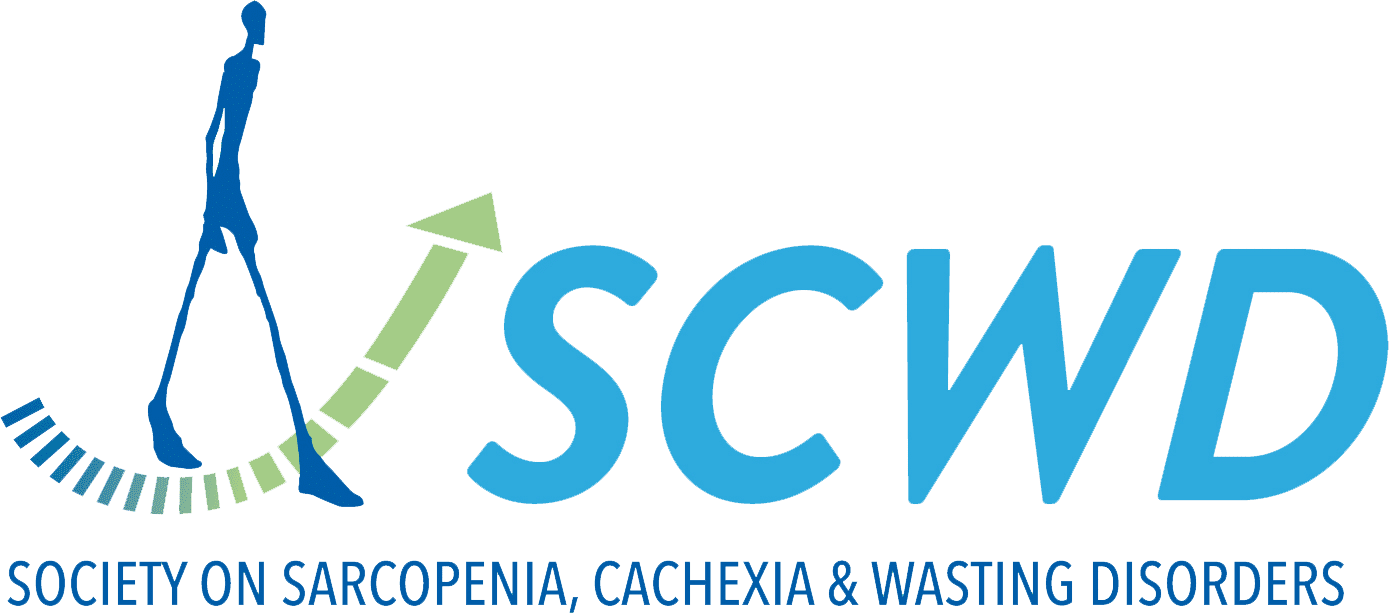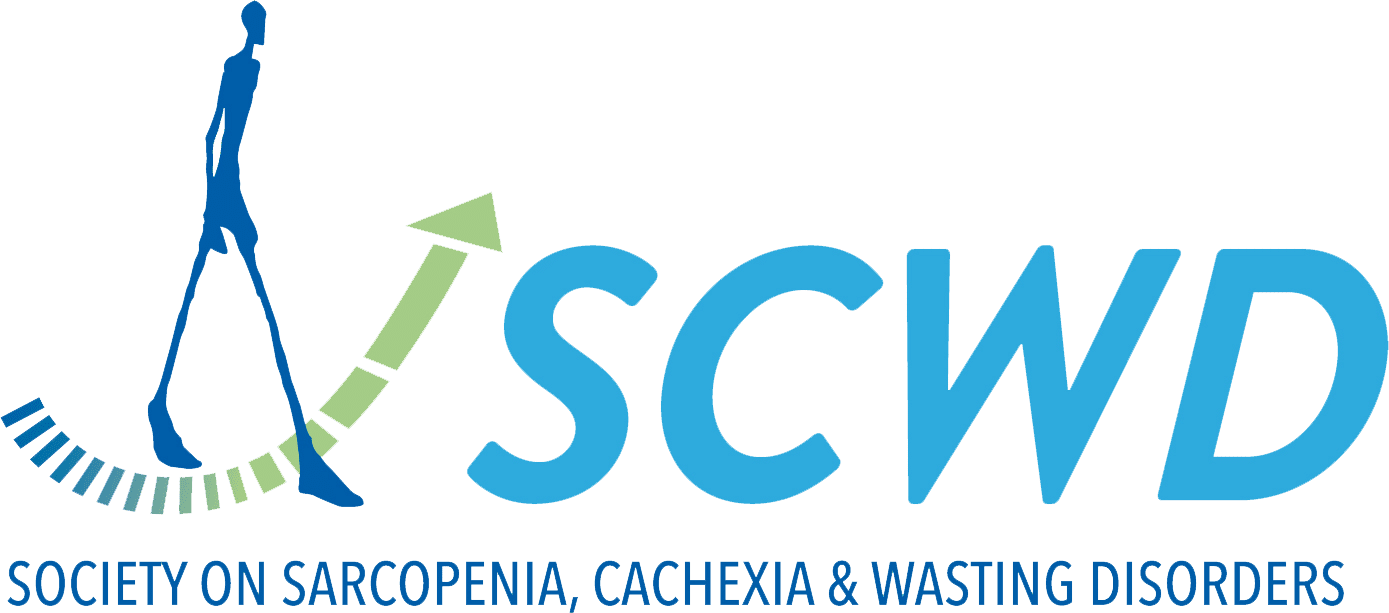Multicomponent Interventions for Adults With Cancer Cachexia: A Systematic Review.
Cancer cachexia has substantial impacts on people's quality of life. There is no current gold standard treatment, but the complex pathophysiology of cachexia suggests that a multitargeted and individualised treatment approach is needed.
We aimed to evaluate the extent to which multicomponent interventions have targeted the key features of cachexia and been tailored to individuals, and differential effects on quality of life. We conducted a systematic review of multicomponent interventions for adults with cancer cachexia.
We searched four databases, two clinical trial registers and MedRxiv on 20 June 2024. Intervention components were classified by intervention category (nutritional, exercise/physical activity, pharmacological and psychosocial), cachexia feature(s) targeted (reduced energy intake, altered metabolism, involuntary weight loss and decline in physical function) and level of tailoring.
Within-arm standardised mean changes in quality of life over time, as well as standardised mean differences between study arms, were calculated. Sixty-two multicomponent interventions were included, of which two combined components from all four intervention categories, and nine targeted all four key features of cachexia.
Eighteen multicomponent interventions were fully tailored and 30 were partly tailored to individuals. Within-arm standardised mean changes in quality of life were calculated for thirteen studies; all had a high risk of bias or raised concerns.
In eleven studies, quality of life scores improved following the intervention, whereas in two studies they declined. Standardised mean differences between study arms were calculated for four studies; in three, the intervention arm showed a greater improvement in quality of life scores than the usual care arm.
Amongst these data, there was no indication that the number of cachexia features targeted, or the extent of tailoring, was associated with a greater improvement in quality of life scores; however, the heterogeneity prevented us from concluding on our hypothesis. This review mapped out in detail the combinations of intervention categories used, the key features of cachexia targeted, and the extent of tailoring across multicomponent interventions for adults with cancer cachexia.
Only a small proportion of the multicomponent interventions targeted all four key features of cachexia, but most were either partly or fully tailored to individuals. Despite sixty-two multicomponent interventions being investigated, only four studies compared these to usual care and reported quality of life outcomes.
High risk of bias, low sample sizes and variable outcome data remain challenges to the interpretability of results in this field.


